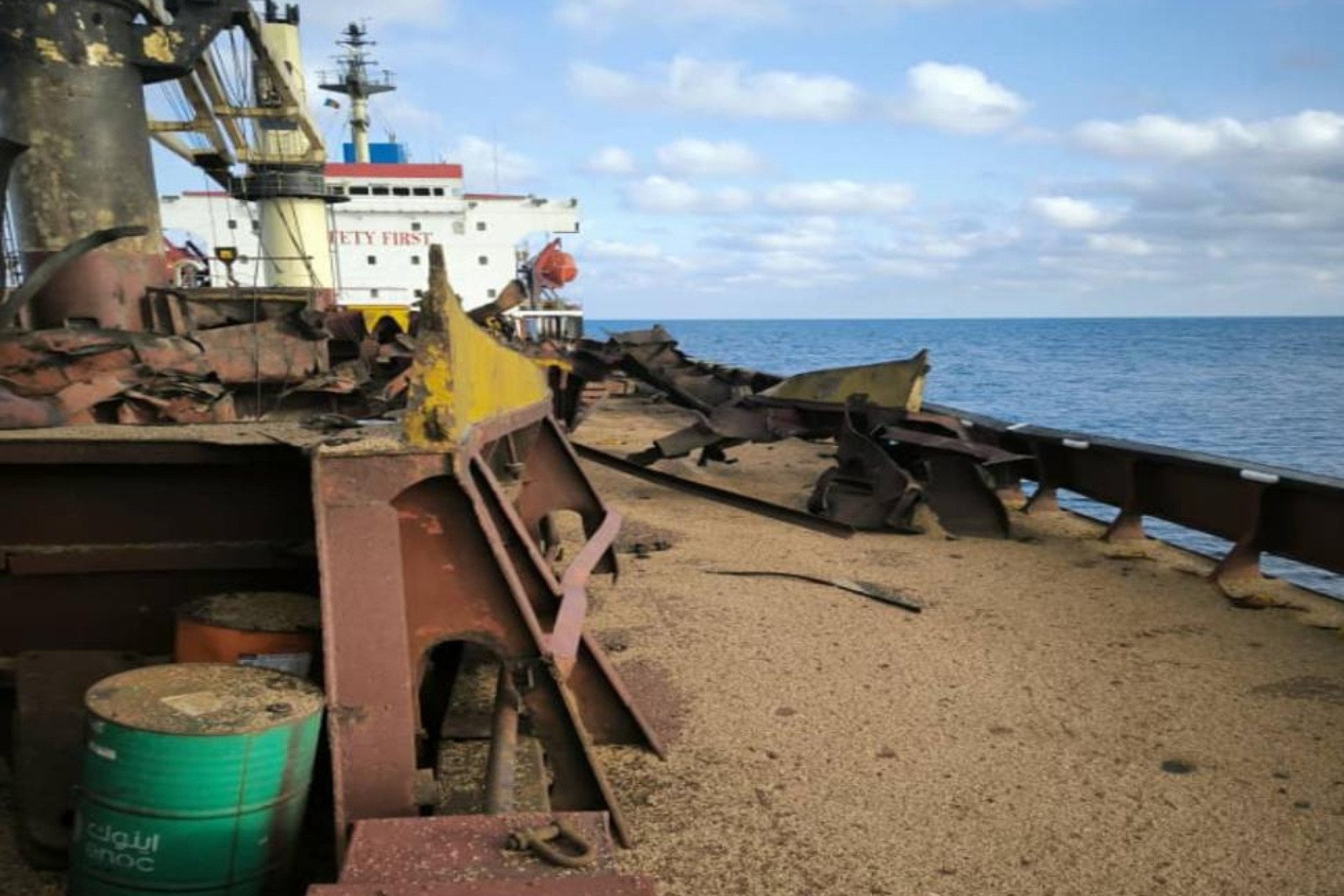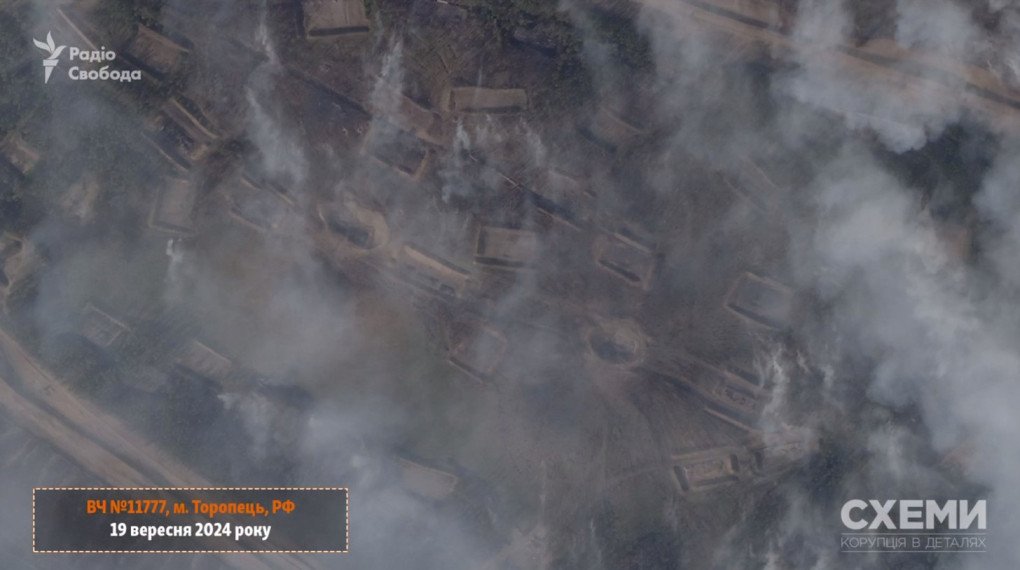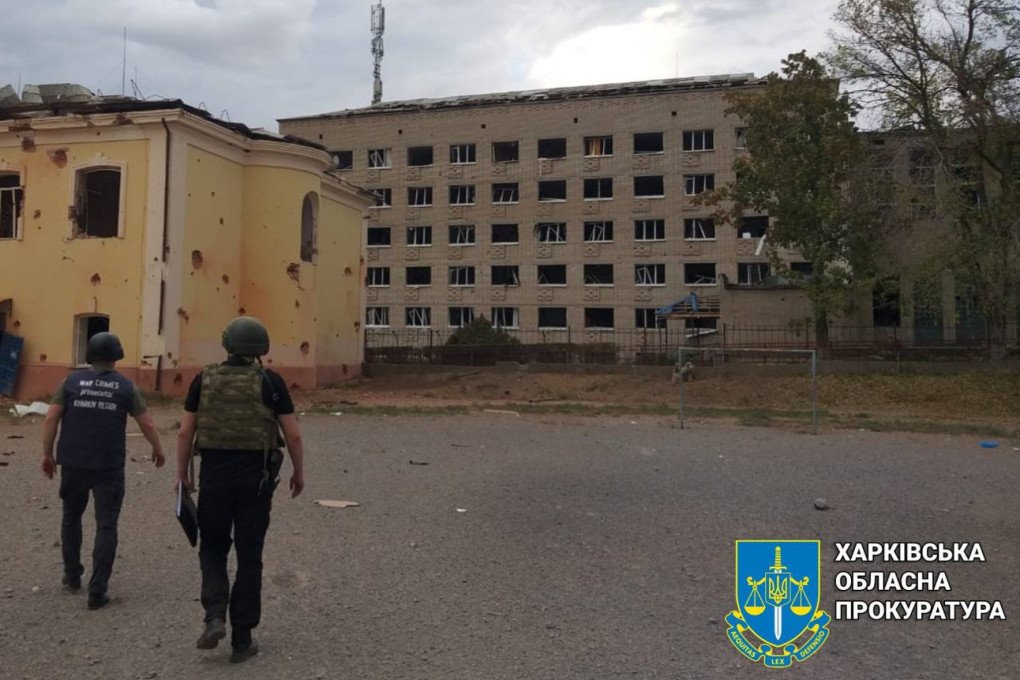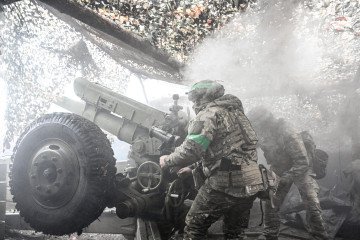- Category
- War in Ukraine
Ukraine Strikes Military Targets in Russia, While Russia Bombs Cities and Kills Civilians in Ukraine

Russia has relentlessly bombarded Ukraine’s civilian infrastructure and peaceful cities since the start of the full-scale invasion in 2022. Ukraine, on the other hand, calls for permission to strike targets on Russian territory but focuses strictly on military sites, abiding by the rules of war.
As this report was being written, Russian forces hit the Odesa region, killing six and injuring a dozen. The strikes destroyed port infrastructure and a civilian ship—the third such attack in early October 2024 alone.
Ukraine’s October strikes have taken out key Russian military assets: an airfield, an artillery depot, and a massive Shahed drone storage facility—estimated to hold between 150 and 400 units. Russia launches about 1,000 Shaheds against Ukraine every month.
This contrast underscores how differently each nation conducts warfare—and who truly follows the Geneva Conventions. A look at Ukraine’s recent strikes on Russian military targets and Russia’s attacks aimed at causing maximum harm to Ukraine makes this distinction clear.
Ukrainian strikes on Russian territory
Let’s start with the strike on an ammunition depot in Toropets, in Russia’s Tver region. This site, a vast area packed with dozens of ammo storage facilities, was built just a few years ago for $40 million. Satellite imagery suggests up to 70% of the depot was obliterated, although Russia did not officially report its losses.
Just days later, Ukrainian drones hit another depot—this time in Krasnodar Krai. It was one of Russia’s top three ammunition storage facilities, also housing military units, the Ukrainian General Staff reported. One of the units was struck by drones. Explosions rocked the area, with OSINT analysts suspecting the munitions came from North Korea.

That same night, Ukraine targeted the Shaykovka air base in the Kaluga region, an operation led by Ukraine’s Security Service (SBU).
By early October, Ukraine ramped up operations to cripple Russia’s offensive power:
October 9: A joint operation between the SBU and the Navy destroyed a Shahed drone depot in Krasnodar Krai, eliminating up to 400 drones.
That same night: Ukraine struck an ammunition depot in the Bryansk region, just 115 kilometers from the border, housing artillery munitions, anti-aircraft missiles, and rocket-propelled grenades.
October 10: Ukraine hit Khanskaya air base in the Republic of Adygea.
What’s the common thread? Ukraine used its own homegrown weaponry, mostly drones. Experts also believe that modified Ukrainian Neptune anti-ship missiles, now capable of striking land targets, may have been used in the Shahed depot strike.
Despite limitations, Ukraine continues to hit Russian military targets: bases, depots, equipment sites, and airfields housing aircraft and missiles.
How does Russia operate?
While preparing this report, United24 Media compiled news of Russian attacks in Ukraine since the beginning of October. Every one of these attacks targeted civilian infrastructure: cities, villages, energy facilities, healthcare institutions, and schools. In less than two weeks, dozens of incidents involving civilian casualties were recorded. Here are just a few:
Striking a store in the Kherson region, killing six people.
Shelling a school in Kupiansk, the Kharkiv region.
An intense attack on Kharkiv, injuring 21 people.
Shelling critical infrastructure in the Donetsk region, damaging water facilities and leaving 260,000 people facing water supply issues.
Attacking the Chernihiv region, killing three civilians.
Multiple attacks on the Odesa region damaged civilian transport ships and port infrastructure, causing civilian casualties.
These attacks are a relentless occurrence. In September alone, Russia launched a record number of Shahed drones at Ukraine, with drones flying over Ukrainian cities daily. A total of 1,339 drones were launched, with Ukraine shooting down 1,107. And these numbers don’t even account for ballistic or cruise missile strikes.

Russia has transformed its war into one of extermination, blatantly disregarding the rules of warfare. In early September, schools across multiple regions of Ukraine were attacked.
Long-range weapons
For Ukraine, two key factors are essential in protecting its citizens from Russian attacks: air defense systems to safeguard the skies and long-range weapons from the U.S. and Europe, which can strike Russian military targets more effectively. Western partners are actively working to provide Ukraine with systems like Patriot and IRIS-T, and progress in this area continues.
This makes the issue of long-range weapons and permission to use them against military targets on Russian territory even more critical. Earlier, Ukraine submitted a list of targets to its Western allies, outlining locations it aims to strike using long-range ATACMS and Storm Shadow/SCALP missiles. Even without these advanced missiles, Ukraine has consistently shown that its focus remains on military sites and airfields within Russia. These missiles, equipped with large warheads, are fast and capable of delivering significant blows to ammunition depots and airbases, making their approval a top priority for Ukraine.
The destruction of the ammunition depot in Toropets, Russia, is a clear example. Insider reports suggest that Russia had been stockpiling munitions there for a planned offensive in 2025. Now, the depot—and much of its ammunition—is destroyed.
-29a1a43aba23f9bb779a1ac8b98d2121.jpeg)
-fe851b90d8a0ba797c376cd41cd6a9ac.png)
-605be766de04ba3d21b67fb76a76786a.jpg)

-24deccd511006ba79cfc4d798c6c2ef5.jpeg)
-531fe8d92c87f1630d3f1a2503c33089.png)

